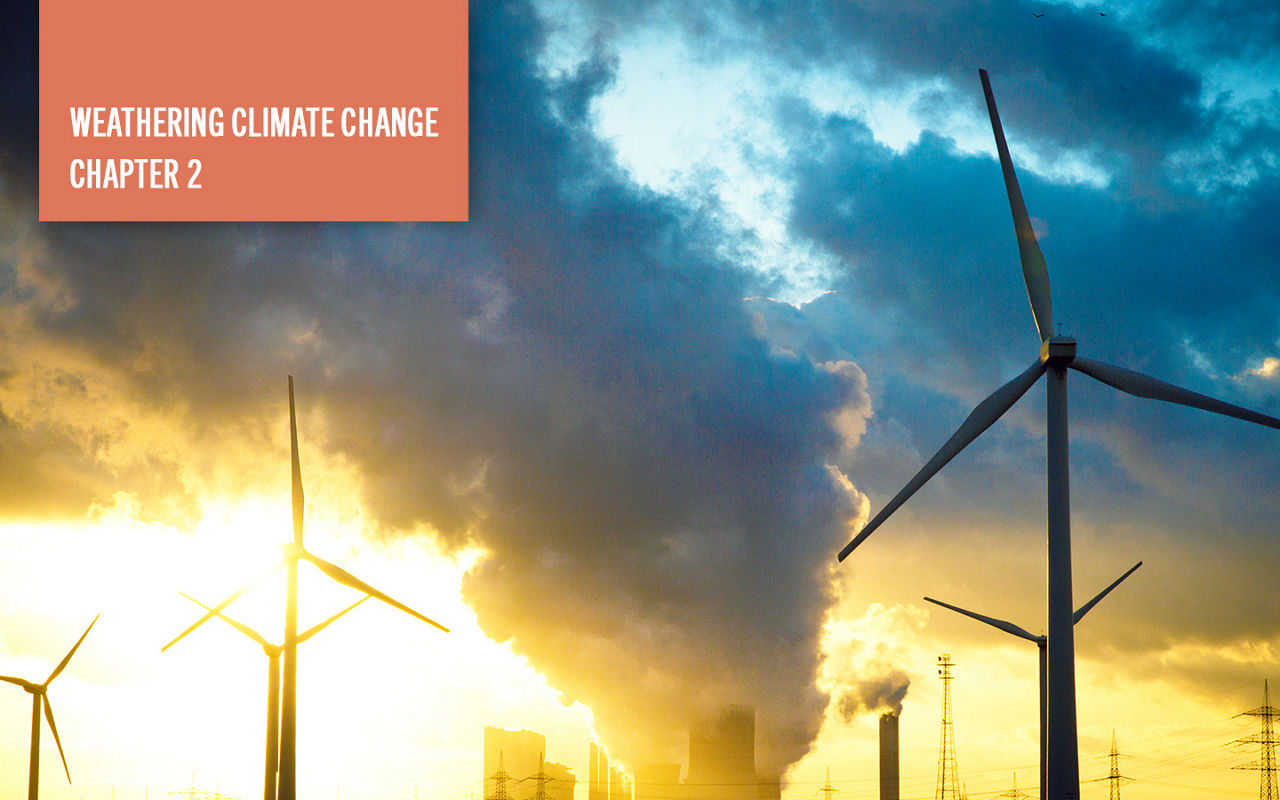CLIMATE RISK IS – AND WILL INCREASINGLY BE – REFLECTED IN MARKET PRICES
It is no longer a matter of if this repricing will occur. Rather the real question is whether this repricing will be an orderly one ushered in by regulators and gradual market adjustments, or an abrupt, sharp decline in market sentiment triggered by a series of localized climate “Minsky moments.” Regardless of the trajectory, the implications across investors’ portfolios will be immense.
- Tipping Point
- Data Revolution
- Carbon Pricing
- Shifting Sentiment
- Corporate Liability
Explore more chapters
-
Climate change is today's realityWith the next 15 years of climate change already determined, unprecedented variability in weather is assured.
Read More
-
Climate Change is a major macro factorInvestors will be on the front line of this battle, making capital allocation decisions that will directly influence the transition to a low-carbon economy.
Read More
-
Investment Implications by Asset ClassClimate change is not just a risk factor in the investment framework but an opportunity for active alpha generation along the path to a greener economy.
Read More
-
Portfolio ImplicationsInvestors can no longer ignore climate change. Yet few have a comprehensive plan to address it. We propose a portfolio-wide climate action plan for investors.
Read More
- Machemer, Theresa, “The 2020 Atlantic Hurricane Season Officially Has the Most Named Storms on Record,” Smithsonian Magazine, November 11, 2020.
- Stelloh, Tim, “California exceeds 4 million acres burned by wildfires in 2020,” NBC News, October 4, 2020.
- Baker, Sophie, “Global ESG-data driven assets hit $40.5 trillion,” Pensions & Investment, July 2, 2020.
- Setzer, Joana and Byrnes, Rebecca, “Global trends in climate change litigation: 2020 snapshot,” Grantham Research Institute on Climate Change and the Environment, Columbia Law School Center for Climate Change Law, and Centre for Climate Change Economics and Policy, July 2020.










